 Real estate’s quiet crash: your home is worth less than ever in Bitcoin Christina Comben · 3 mins ago · 2 min read
Real estate’s quiet crash: your home is worth less than ever in Bitcoin Christina Comben · 3 mins ago · 2 min read
While property prices show modest increases in fiat terms, Bitcoin’s explosive growth reveals the depth of real estate's quiet crash.

Cover art/illustration via CryptoSlate. Image includes combined content which may include AI-generated content.
In April 2023, a Bitcoiner going by the name of Breadman purchased a property for $496,000, which was equivalent to 22.5 BTC at the time. Fast forward to August 2025, and the property is now valued at $570,000, a respectable 15% gain in dollar terms. But here’s the kicker: priced in Bitcoin, his home is now worth just 4.85 BTC, a staggering 78% loss when measured against the world’s hardest money, and highlighting real estate’s quiet crash as a store-of-value asset.
Breadman’s painful personal anecdote uncovers the silent crisis rippling across global real estate markets, disguised by rising fiat prices but blast wide open when viewed through a Bitcoin lens.
Real estate’s quiet crash is more pronounced in the US
While Mediterranean countries like Spain have posted annual price growth of 7–8%, and even double-digit jumps in appraised values in Portugal, the wider global picture is more uncertain.
In North America, the United Kingdom, and much of the rest of Europe, the pace of property appreciation has slowed sharply. A UBS global forecast for 2025 notes that, after declines in 2022 and a muted recovery, capital values are expected to be “pretty flat” this year, with the residential sector showing only “modest uplift”.
The erosion of fiat: why real gains aren’t what they seem
On paper, a 15% gain in two years sounds solid. But inflation eats into those fiat profits relentlessly. Revised forecasts have pegged U.S. inflation for 2025 as running above 4%; add in local volatility from tariffs and changing global policy, and the real return on property is often much less than the headline figure.
It gets worse in many emerging markets, where high inflation rates (sometimes triple digits) wipe out nominal gains and even erode real wealth. For instance, Argentina’s annual inflation exceeded 200% in 2023, meaning property owners often saw their increases in local currency values completely overshadowed by the dramatic loss of purchasing power.
Bitcoin: the ultimate measuring stick
Now zoom out. Since April 2023, Bitcoin has surged from ~$22,000 to above $118,000, outpacing every major asset class on earth, and dwarfing the dollar gains made in real estate. While homes may be getting more expensive in fiat, they’re becoming vastly cheaper in BTC terms.
Macro investor and bitcoin advocate, James Lavish, called global real estate the largest addressable asset class for wealth seeking inflation protection. He highlighted the $998 trillion of capital parked in real estate and other global assets, all of which is steadily losing ground to Bitcoin’s scarcity-driven, deflationary model.
 Global store of value assets. Source: Jesse Myers
Global store of value assets. Source: Jesse MyersWhile houses look like good investments on a nominal chart, their real purchasing power collapses when measured against truly hard money.
The ‘Bitcoin pizza’ effect: when value goes parabolic
Exchanging your Bitcoin for other assets has proven extremely costly over the years. Just ask Laszlo Hanyecz, who famously traded 10,000 BTC for two pizzas in 2010. At the time, the coins were worth about $41. Today, those pizzas would fetch over $1.1 billion. What seemed reasonable in fiat terms became a legendary loss in Bitcoin value and a cautionary tale for anyone measuring wealth in dollars alone.
While global headlines tout resilient or even climbing real estate prices, a new reality is emerging for those with a Bitcoin perspective: real estate’s quite crash in BTC terms, and inflation further eroding fiat gains.




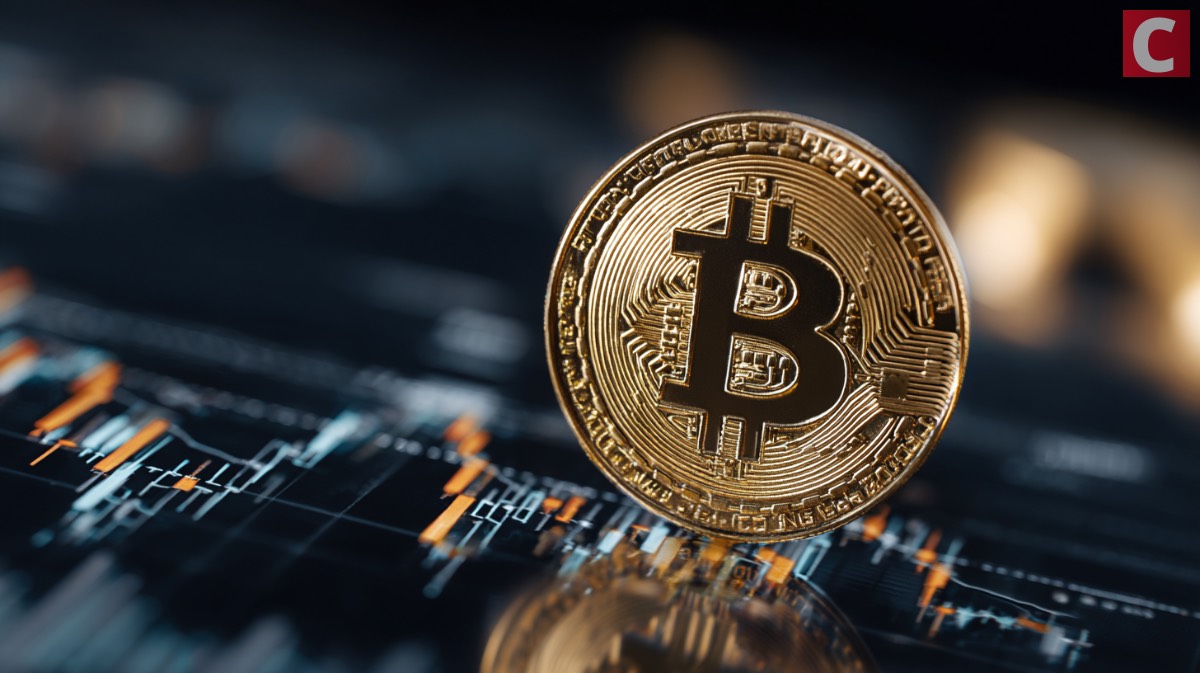
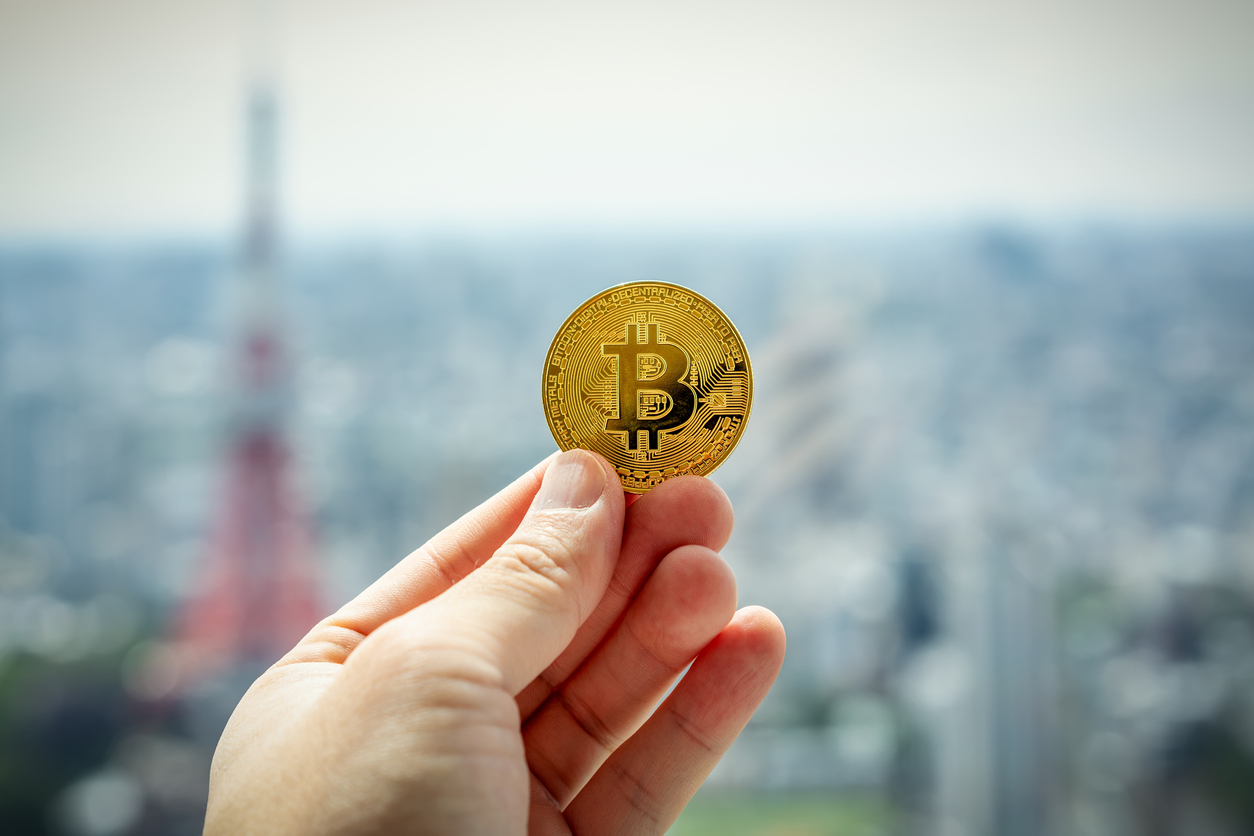
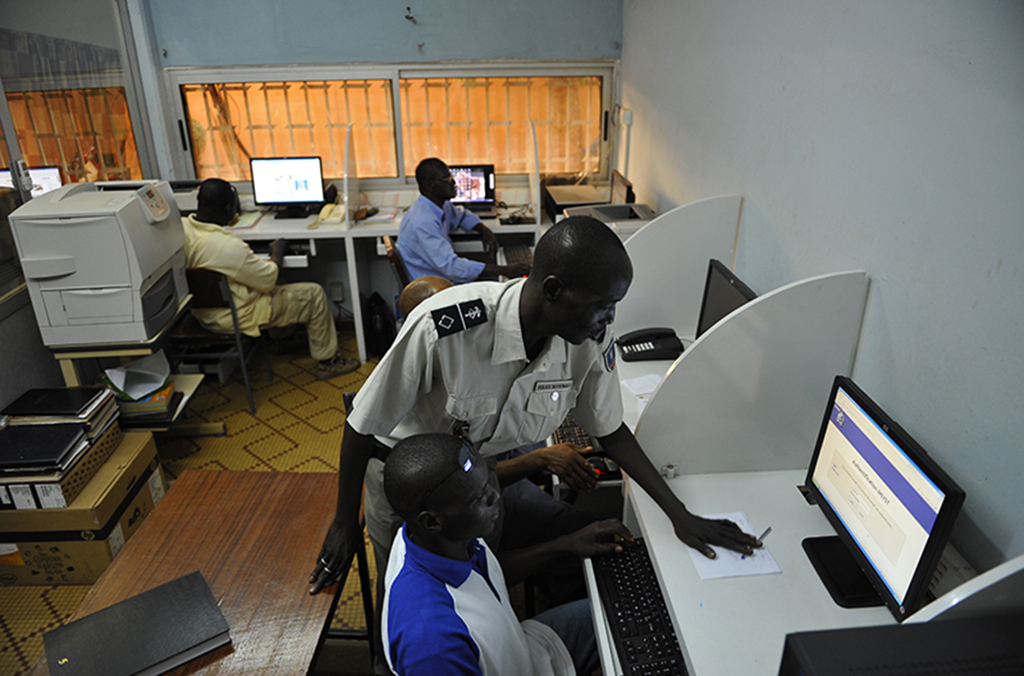
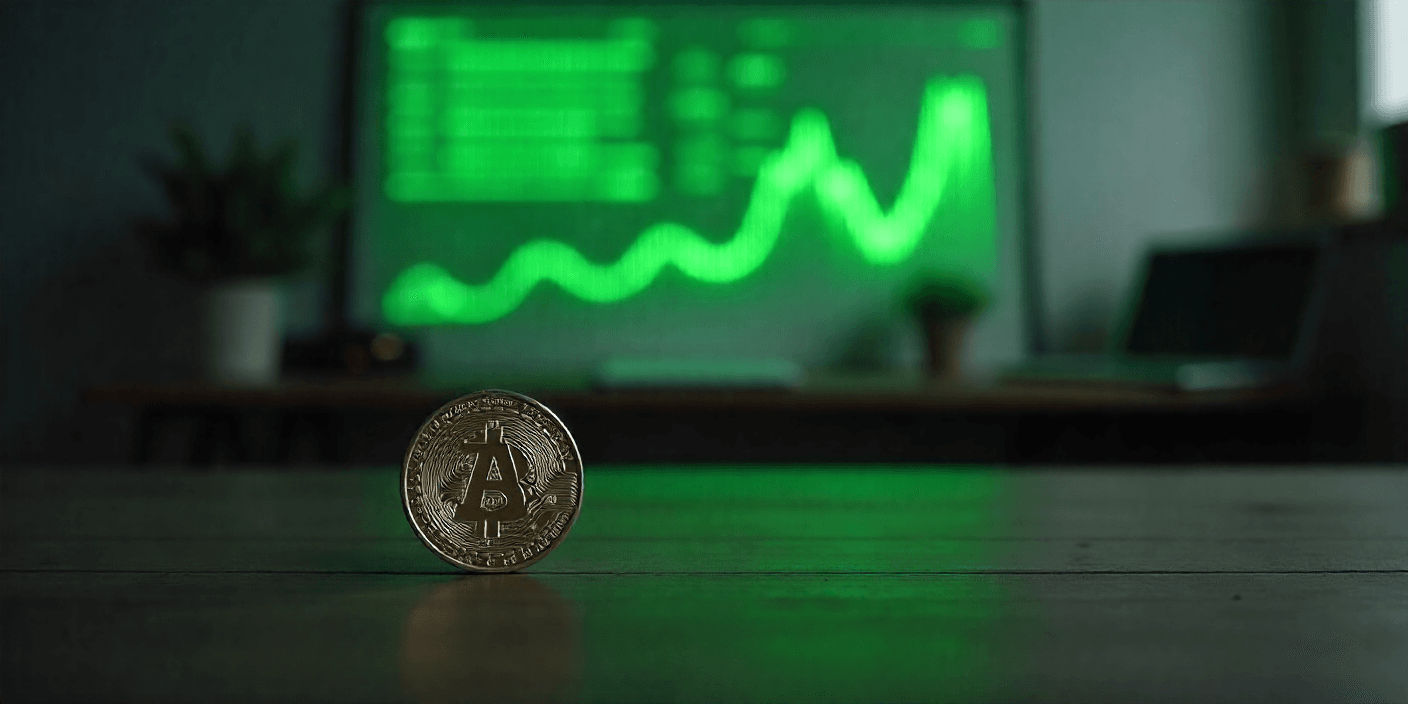


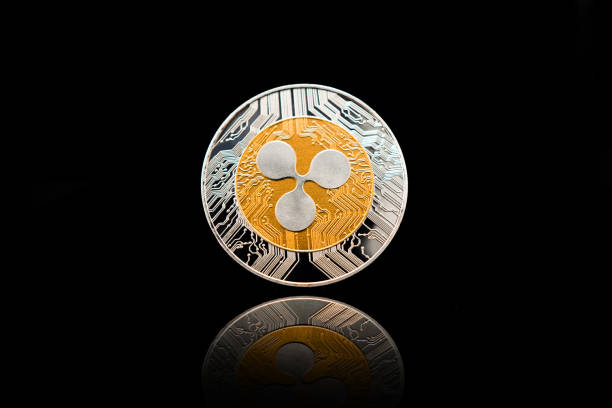

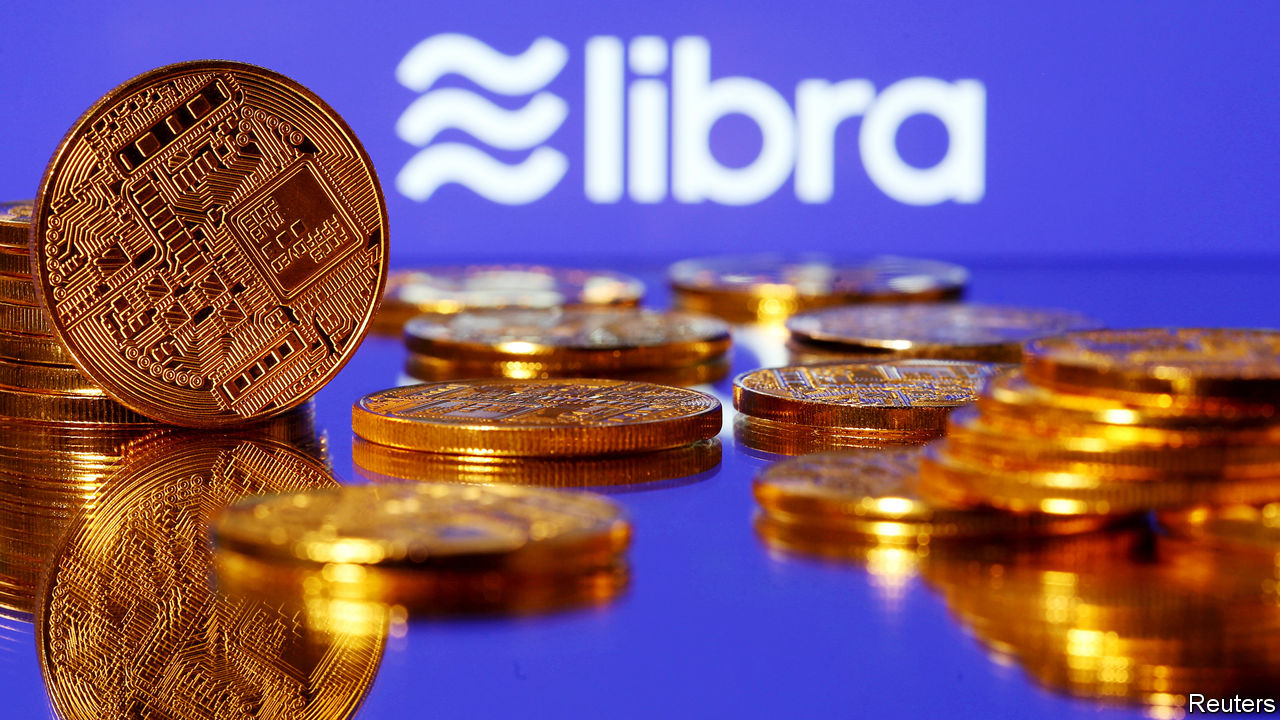






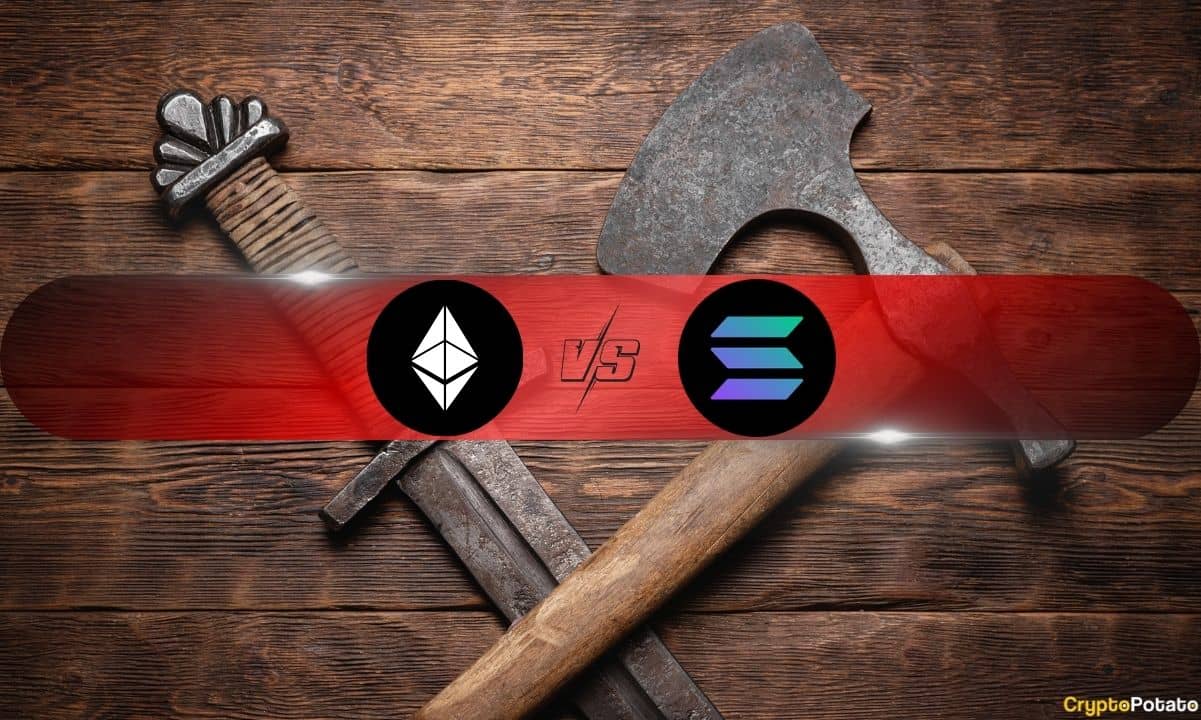
 English (US) ·
English (US) ·